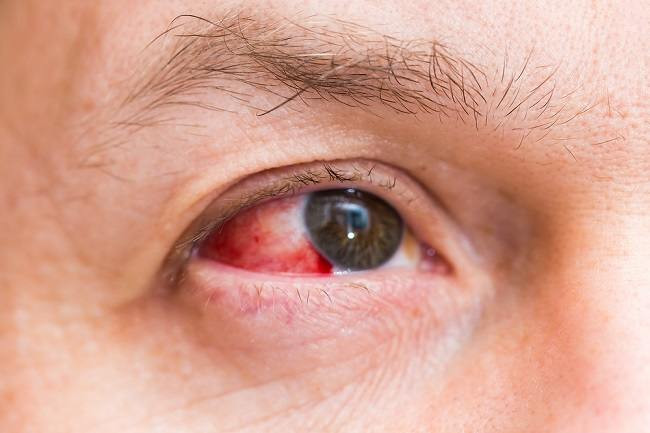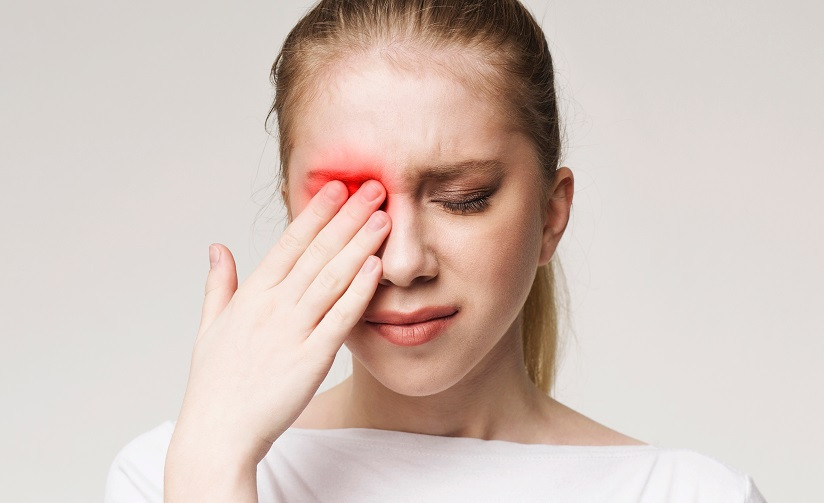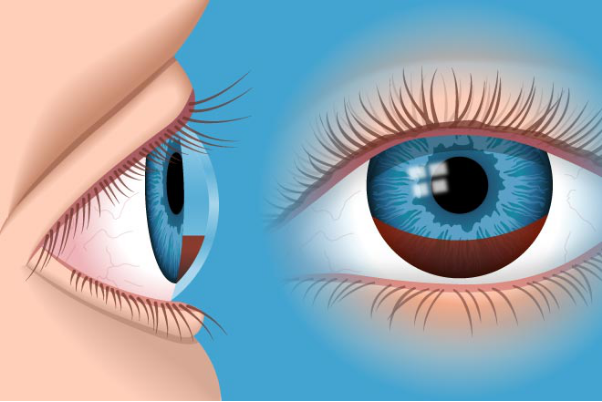Definisi
Perdarahan subkonjungtiva adalah kondisi mata merah yang disebabkan oleh pecahnya pembuluh darah mata. Walaupun terlihat mengkhawatirkan, perdarahan subkonjungtiva umumnya tidak menimbulkan bahaya lanjut.
Konjungtiva merupakan lapisan jernih yang melapisi bagian putih mata (sklera) dan kelopak mata sisi dalam. Lapisan ini memiliki banyak pembuluh darah untuk memberikan nutrisi pada kornea. Perdarahan yang disebabkan oleh pecahnya pembuluh darah ini disebut perdarahan subkonjungtiva. Darah ini tidak berada pada kornea, yang merupakan lapisan yang berperan penting dalam proses melihat, sehingga tidak akan menyebabkan mata kabur. Perdarahan subkonjungtiva dapat dianalogikan seperti lebam pada kulit. Konjungtiva tidak dapat menyerap darah tersebut dengan cepat, sehingga perdarahan subkonjungtiva dapat menetap untuk beberapa hari.
Penyebab
Perdarahan subkonjungtiva dapat disebabkan oleh:
- Mengucek mata terlalu kuat
- Batuk atau bersih yang kuat
- Mengejan kuat
- Muntah
- Operasi
- Menggunakan lensa kontak
- Mengonsumsi obat pengencer darah (aspirin, warfarin) atau obat kanker (interferon)
- Aktivitas berat seperti angkat beban
- Trauma tumpul pada mata
Faktor Risiko
Beberapa penyakit seperti tekanan darah tinggi, diabetes, penyakit paru yang menyebabkan batuk terus menerus (TB, PPOK) dan penyakit pembekuan darah dapat meningkatkan risiko terjadinya perdarahan subkonjungtiva. Perdarahan subkonjungtiva dapat terjadi pada segala usia namun lebih sering terjadi pada pasien yang lebih tua.
Gejala
Umumnya Anda tidak akan menyadari bahwa Anda mengalami perdarahan subkonjungtiva hingga Anda bercermin karena tidak ada gejala tertentu, seperti mata berair, nyeri, dan gatal. Anda dapat melihat adanya bercak kemerahan pada bagian putih mata (sklera) yang tidak disertai dengan penurunan penglihatan, mata kabur, dan adanya cairan pada mata.
Diagnosis
Diagnosis dapat ditegakkan oleh Dokter dengan melakukan tanya jawab mengenai kondisi Anda, kondisi sebelum Anda menyadari adanya perdarahan tersebut, obat-obatan yang sedang Anda konsumsi, adanya pandangan kabur, obat-obatan yang sedang Anda konsumsi, dan apakah Anda baru saja mengalami trauma tumpul pada mata, seperti terbentur, dipukul, atau terkena bola. Dokter juga akan memeriksa tekanan darah Anda. Dokter akan menggunakan slit lamp untuk melihat mata Anda secara dekat. Anda juga dapat menjalani pemeriksaan darah jika dokter Anda mencurigai adanya kelainan darah.
Tata Laksana
Perdarahan subkonjungtiva dapat hilang dengan sendirinya dalam jangka waktu 2 minggu. Jika Anda merasa nyeri atau mata bengkak, Anda dapat mengompres mata Anda dengan kompres dingin dan menggunakan air mata buatan (artificial tears). Jika kondisi perdarahan subkonjungtiva tersebut disebabkan oleh penyakit lain, contohnya tekanan darah tinggi dan batuk berulang, maka dokter Anda akan memberikan obat untuk mengobati penyakit lain tersebut.
Komplikasi
Umumnya perdarahan subkonjungtiva tidak menyebabkan komplikasi lebih lanjut. Pada orang tua, perdarahan subkonjungtiva dapat menandakan adanya penyakit vaskular lain yang lebih berbahaya.
Pencegahan
Langkah-langkah yang dapat Anda lakukan agar tidak mengalami perdarahan subkonjungtiva adalah:
- Jika Anda ingin mengucek mata, maka lakukan secara perlahan
- Disinfeksi dan jaga kebersihan lensa kontak secara berkala
- Gunakan pelindung mata ketika sedang berolahraga untuk mencegah adanya trauma pada mata
- Lakukan pengobatan rutin terhadap penyakit lain yang sedang diderita
Kapan Harus ke Dokter?
Jika Anda mengalami perdarahan subkonjungtiva lebih dari dua kali selama satu tahun, tidak membaik dalam 2 minggu, disertai dengan perdarahan gusi dan mimisan, Anda dapat memeriksakan diri ke fasilitas kesehatan terdekat. Jika Anda mengalami perdarahan subkonjungtiva setelah mengalami trauma tumpul (contoh, terkena bola, kepala terbentur, jatuh, kecelakaan) dengan/tanpa disertai pandangan kabur, pandangan ganda, pandangan gelap tiba-tiba, nyeri hebat, mata berair, mata bengkak, terdapat darah mengumpul pada mata segera periksakan diri ke dokter karena ini merupakan tanda dari kondisi yang lebih berat, yaitu hifema.
Mau tahu lebih lanjut seputar penyakit-penyakit lainnya? Cek di sini, ya!
- dr Anita Larasati Priyono
Mayoclinic. (2021). Subconjunctival hemorrhage (broken blood vessel in eye) - Symptoms and causes. Retrieved 17 October 2021, from https://www.mayoclinic.org/diseases-conditions/subconjunctival-hemorrhage/symptoms-causes/syc-20353826.
WebMD. Subconjunctival Hemorrhage. (2021). Retrieved 17 October 2021, from https://www.webmd.com/eye-health/subconjunctival-hemorrhage-eye-red-spot-causes.
Boyd, K. (2021). What is a Subconjunctival Hemorrhage?. Retrieved 17 October 2021, from https://www.aao.org/eye-health/diseases/what-is-subconjunctival-hemorrhage.
Subconjunctival Hemorrhage: Symptoms, Causes, Treatments. (2021). Retrieved 17 October 2021, from https://my.clevelandclinic.org/health/diseases/17713-subconjunctival-hemorrhage.
Divya, P. (2020) Subconjunctival haemorrhage | Health Navigator NZ. Retrieved 17 October 2021, from https://www.healthnavigator.org.nz/health-a-z/e/eye-bleeding-in-white-of/.











